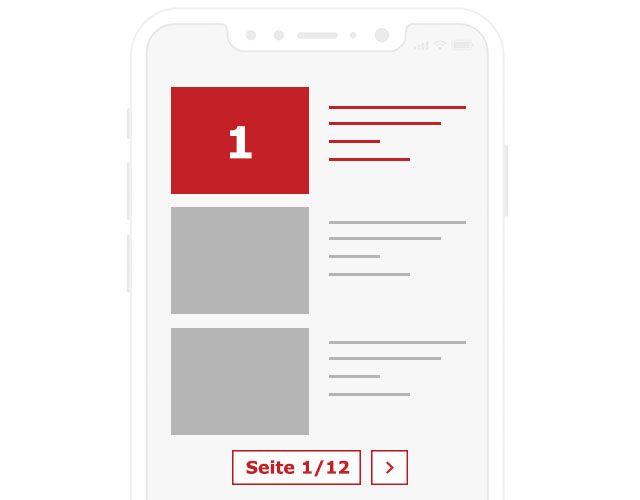suitable for beginners
is broken-in
is lunged
AR
Page-1-Ad

AR
DE
AR
DE
DE
DE
AR
AR
AR
ES
Polo is one of the fastest and most exciting equine sports. It requires a horse with quick wits and even speedier responses! Most top-ranking Polo Ponies have a high percentage of Thoroughbred blood in them. It’s interesting that when players buy a Polo Pony they often choose a mare, as they are said to have the right attitude and spirit. Polo is a handicap game in which individual players in a team are ranked according to ability. Top-ranked players may have several ponies (a “string”) and whether established or a newcomer to the game, it makes sense to buy a Polo Pony from a knowledgeable source.
“Now a polo-pony is like a poet. If he is born with a love for the game, he can be made.” This was how Rudyard Kipling described the ideal Polo Pony in his famous short story, “The Maltese Cat”. In this fast-paced tale, the game is played by teams of nineteenth-century British army officers in India, but polo was first played hundreds, possibly thousands of years earlier. Its origins could lie with the early horsemen of Central Asia, who may have practised the game as part of their hunting skills. By 1000 CE, it was a popular game in India and Persia, so much so that manuals on morals for young princes warned them not to play it too much! It was a popular sport with Persian women, too. In the eleventh century, the author of “The Mirror of Princes” wrote: “Yet if, once or twice a year you find pleasure in polo, I regard it as acceptable”. No doubt those young Persian princes looked for the same qualities in their polo ponies as modern players do. The ponies should be bold, fast and nimble, talents which are found in many modern breeds from Quarter Horses to Australian Stock Horses. Polo was first played in Britain in 1869 when three officers of the 10th Hussars decided that the “hockey on horseback” that was played in India was just the ticket in England too. Hurlingham became the premier UK venue for the sport, and the game soon became popular in the USA as well. In the nineteenth century, polo ponies were literally ponies, up to 13 hands 3 inches in height (55 inches/130 cm). The height restriction was lifted later, though they are always known as “ponies”. In 1922, the Argentine Federation took the Polo Championship Cup, and ever since this nation has been one of the leading producers of outstanding polo ponies in the world. Criollos and Thoroughbreds were the main contributors to the Argentinian Polo Pony.
A pony that is good at polo will excel at many other activities, especially those requiring balance and speedy turns such as equestrian games. Polo ponies should also be taught a dead stop, similar to that of a cutting horse. The fast game of polo requires quick thinking and reaction, and skill at this is found in individuals from many different breeds.
Many breeds and types of horse have played polo over the centuries. When trainers sell a Polo Pony today it will stand around 15.1 hands (61 inches/155 cm) high on average. In the days of the British Empire, enthusiasts would often buy a Polo Pony from local producers, such as the Manipur pony from Assam. Crosses of Arabians and Thoroughbreds were popular too. Any horse with the skill, speed and intelligence for the game can succeed.
Polo ponies are highly trained and skilled athletes that require a specific temperament to excel in the sport. They are known for their intelligence, bravery, and athleticism. They need to be highly responsive to their rider's commands and have a strong desire to play and compete. Polo ponies are often bred and trained from a young age, and they are exposed to a variety of experiences to prepare them for the demands of the sport. They are typically trained to be highly responsive to their rider's commands, as well as to be comfortable with the fast pace and physical contact of the game.
Polo ponies come in a variety of colors and breeds, but they are generally small and agile, with a compact and muscular build. They are typically between 14 and 16 hands tall and weigh between 900 and 1100 pounds. They are bred for their athleticism, and their physical appearance reflects this. They have a short, strong back and powerful hindquarters, which allows them to make quick turns and sudden stops. They also have a well-defined chest and shoulders, which enables them to carry their rider and maneuver around the ball with ease.
The history of the polo pony is closely intertwined with the history of the sport of polo itself. The game of polo originated in ancient Persia, where it was played by royalty and aristocrats. The game spread throughout Asia and into India, where it was played by British soldiers stationed there in the 19th century. As the game of polo grew in popularity, so did the demand for horses that were well-suited to the demands of the sport. In the early days of polo, a variety of horse breeds were used, including Thoroughbreds, Arabians, and local breeds from the regions where the game was played. Over time, breeders began to selectively breed horses that were well-suited to the demands of the game. They focused on traits such as speed, agility, and responsiveness to rider commands, and created specialized breeds that were ideally suited to the sport of polo.